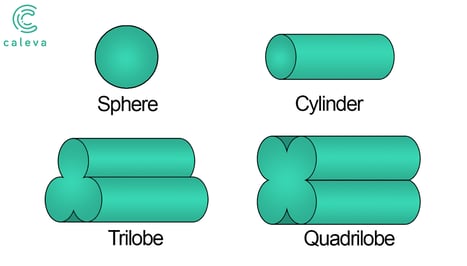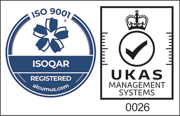An opportunity to shape and form catalyst materials/particles
Caleva have had some considerable success with working with the extrusion of small quantities of catalytic material using the Caleva Multi Lab. (the first steps of blending and mixing can also be completed in the same Multi Lab base machine)
It is possible to work with very small batches (as little as 10 to 15 grams) and increase the surface area to volume ratio of dried extrudate. The extrudate is produced by putting a catalyst paste through a die with specific shaped holes. A binding agent will first have been mixed with the material. A "spaghetti-like" extrudate is dried and then broken into small pieces (it may break up naturally whilst drying).
The binder content (and therefore the consistency) of the catalyst wet mass is critical (and this may be easily determined using the Mixer Torque Rheometer) because it may determine the density, pore size distribution and mechanical strength of the catalyst. The binder addition will often be close to the minimum at which the material will still extrude.
There are various forms that can be achieved with catalyst extrudate. Dies shapes available are:
Cylindrical
Trilobe
Quadrilobe
Trilobe and quadrilobe dies are developed for use with the extruder attachment from our Caleva Multi Lab. The same technology can also be used in a larger laboratory Variable Density Extruder and a large production Twin Screw Variable Density Extruder.

Catalyst trilobe shaped extrudate processing
Using a Caleva Multi Lab
Screw Extruder Options
Ideal for Catalyst Applications
Contact us and discuss your options
We're happy to help you discover what you need
I'd like help and to learn more
Scott and Steve are here to help you! Click to go to their contact details.




Leave A Comment